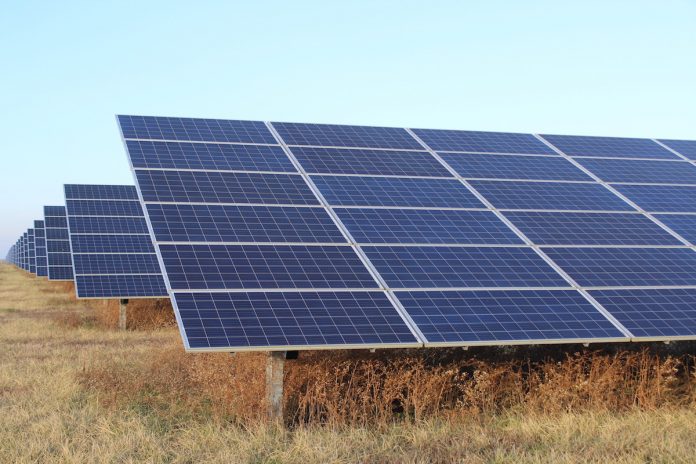HARRISBURG, Pa. — The Pennsylvania Department of Environmental Protection and the Pennsylvania Public Utility Commission announced that the Commonwealth’s Alternative Energy Portfolio Standards program has surpassed one gigawatt or 1,000 megawatts of solar energy.
This is an important milestone to help cement Pennsylvania’s position as an energy leader and accelerate innovation across a diverse set of energy technologies.
The current one gigawatt of installed solar generation in Pennsylvania is enough to power nearly 140,000 homes — equivalent to the number of households in a city the size of Pittsburgh. The additional solar now under construction across the Commonwealth will be enough to supply the combined residential populations of Altoona, Harrisburg, Scranton and West Chester.
Pennsylvania led the nation two decades ago with the creation of the AEPS, and successfully achieved the ambitious goals laid out in that legislation in 2021, making this solar milestone possible. Gov. Shapiro supports revising the AEPS to continue supporting an all-of-the-above diversity of generation sources, including ongoing investment in solar energy.
The opportunities to diversify the generation fleet will continue to grow as nationwide investment has pushed down the cost of emerging technologies substantially over the last two decades, making solar and other advanced generation solutions affordable, and in many cases, the cheapest energy resource to build.
In addition to the one gigawatt of solar power that’s now installed and operating across the state, an additional 550 megawatts (or just over half a gigawatt of electric power) is currently under construction across the state and is expected to be on-line by this summer, according to solar generation data tracked by the PUC in conjunction with Pennsylvania’s Alternative Energy Portfolio Standards Act.
AEPS is administered by PUC, in collaboration with DEP. The AEPS program, which began in 2005, requires that 18% of electric power provided through retail sale in Pennsylvania come from qualified alternative and renewable energy sources. This has contributed to the reduction of pollution via the deployment of renewable and alternative energy technologies that have lowered the emission of greenhouse gases.
For more information, visit the Pennsylvania Department of Environmental Protection’s website at dep.pa.gov/Pages/default.aspx.










